Functioning Of A Computer
USEFUL TIPS TO KNOW ABOUT HOW COMPUTERS FUNCTION
The world is all techy, and one cannot afford to miss the moving train of technology. In this article, I have tried to piece together some information you may find very useful.
WHAT IS A COMPUTER?
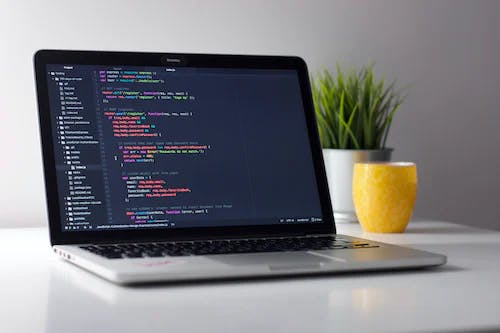
A computer, as stated by Chris Woodford (2021) “is an electronic machine that processes information—in other words, an information processor: it takes in raw information (or data) at one end, stores it until it's ready to work on it, chews and crunches it for a bit, then spits out the results at the other end. All these processes have a name. Taking in information is called input, storing information is better known as memory (or storage), chewing information is also known as processing, and spitting out results is called output”.
THE FOUR PROCESSES IN WHICH THE COMPUTER WORKS
Entirely, the foremost parts of a computer system participate in one of the four processes in which the computer works uniting input, storage, processing and output. Examples of some of these include:
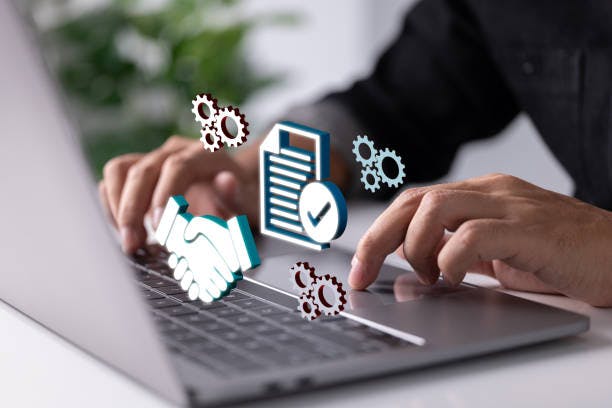
- INPUT: Keyboard and mouse which are input units, and ways to get information into the computer that it can then process. Other forms of input include the microphone and voice recognition software.
- MEMORY/STORAGE: Documents and files are commonly stored on a hard drive: a massive magnetic memory. However, smaller computer-based devices like digital cameras and cellphones use other storage types like flash memory cards.
- PROCESSING: The processor of a computer, sometimes known as the central processing unit, is a microchip buried deep inside. It gets extremely hot in the process of working remarkably hard; and that’s why there’s a little fan blowing away to stop it overheating.
- OUTPUT: There is usually a screen or monitor for displaying output in the form of graphics or other texts, and probably also stereo loudspeakers; in some cases, there may be a printer for permanent output.
HOW THE COMPUTER WORKS
Steve Krar has stated that “A computer, a digital information-processing machine, works by changing information into binary numbers (ones and zeros) and then using simple mathematics to make decisions about how to rearrange those numbers into words or actions.
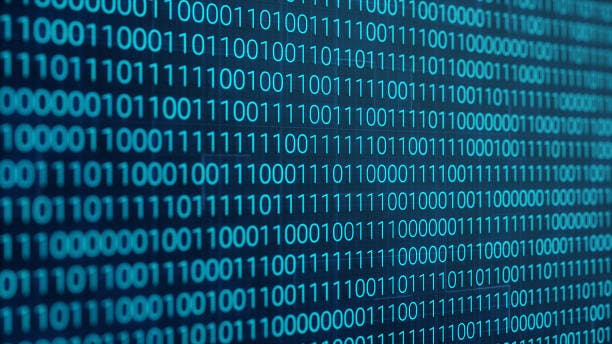
A digital system stores and operates on information in a very specific way by storing information in a bit (or multiple collections of bits). A bit is a variable that can have only one of two values: it can either be a 1, or be a 0.”
Letters, words and dates, and not only numbers and other types of information, are treated by computers as though they consisted simply of binary ones and zeros. The computer for example can translate the letter “B” typed into its keyboard into a string of ones and zeros, such as: 01000010. A reason for this is that on occasion that it is in a binary form, the information can be stored and moved about more easily; and once information has been converted to ones and zeros, the computer can get to work.
THE BASIS OF THE COMPUTER’S FUNCTIONS
Steve Krar further stated that “the computer’s functions are based on the movement and transformation of electrical pulses (representing ones and zeroes) in electrical circuits. Inside the computer are electrical circuits that decode the zeros and ones, by adding and subtracting them. These circuits are called the logic of the computer, because the calculations they make are similar to simple logic decisions.

For example, if you press the A key on the computer keyboard, circuits inside the computer receive pulses of electricity representing the A in binary form - 1000001. Those pulses are sent to logic circuits that make yes or no decisions based on the input they receive. A very simple example would be a circuit that determines whether the input sent to it is a one or a zero. The output of the circuit is a new piece of information - a binary one or zero that is the result of the simple yes or no decision.”
COMPUTER PARTS
The main computer parts which include the three Subsystems of a Computer are:
- CPU or Central Processing Unit’s main component is its microprocessor or heart of the computer. Microprocessors take in groups of bits that are called instructions. These instructions tell the microprocessor what and how it should handle the information.
The Memory remembers the values of bits. It can either store bits sent to it by the CPU or return the values of those bits back to the CPU.
- Random Access Memory (RAM) - is named the way it is because it is supposed to signify that you can "randomly access" any bit in the memory at any time. For this reason, when you turn a computer off, all data stored in the RAM is lost; it just leaks away.
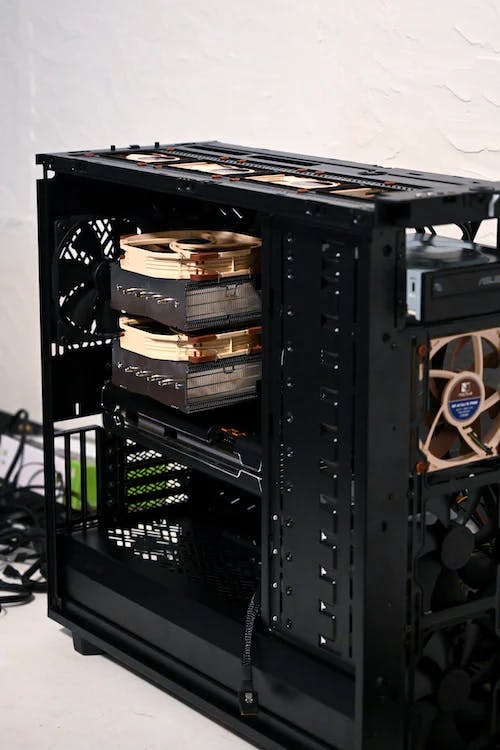
- Disk Drives - there are several different types of disk drives:
a. Hard Disk - uses a spinning magnetic platter(s), bits are stored in the magnetic field of this platter.
Hard disks can store enormous amounts of data (40 gigabytes or more), but it is slower to access
them than it is to access RAM. They don't lose their value when the power is turned off.
b. Floppy Disk - similar to a hard disk, just a lot less dense; they usually only store about 1.4 megabytes.
Floppy disks get their name because their platter isn't made out of a hard material, but rather out of
the same material that tapes are made out of.
c. CD-ROM - Reads bits stored on a compact disk, usually about 650 or 700 megabytes per disk. Bits
are stored as grooves in the disk surface, and an optical laser is used to read the bits.
- The Motherboard: All computers have a motherboard that is a circuit board to connect all of the various parts of a computer together. Its main purpose is to hold the CPU and the connections between the CPU and all the other subsystems. The RAM of the computer is found on the motherboard. Most motherboards have places where other types of devices such as graphics accelerator cards and network cards, can be inserted to extend or enhance the capabilities of the computer.
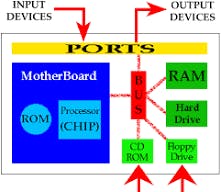
Fig. 1: Motherboard (Courtesy: automationmag.com)
REFERENCES:
Krar, S. (2012) How computers work. Available at: automationmag.com/images/stories/LWTech-fil.. (Accessed on: 3 October 2022).
Woodford, C. (2021) How do computers work. Available at: explainthatstuff.com/howcomputerswork.html (Accessed on: 3 October 2022).

